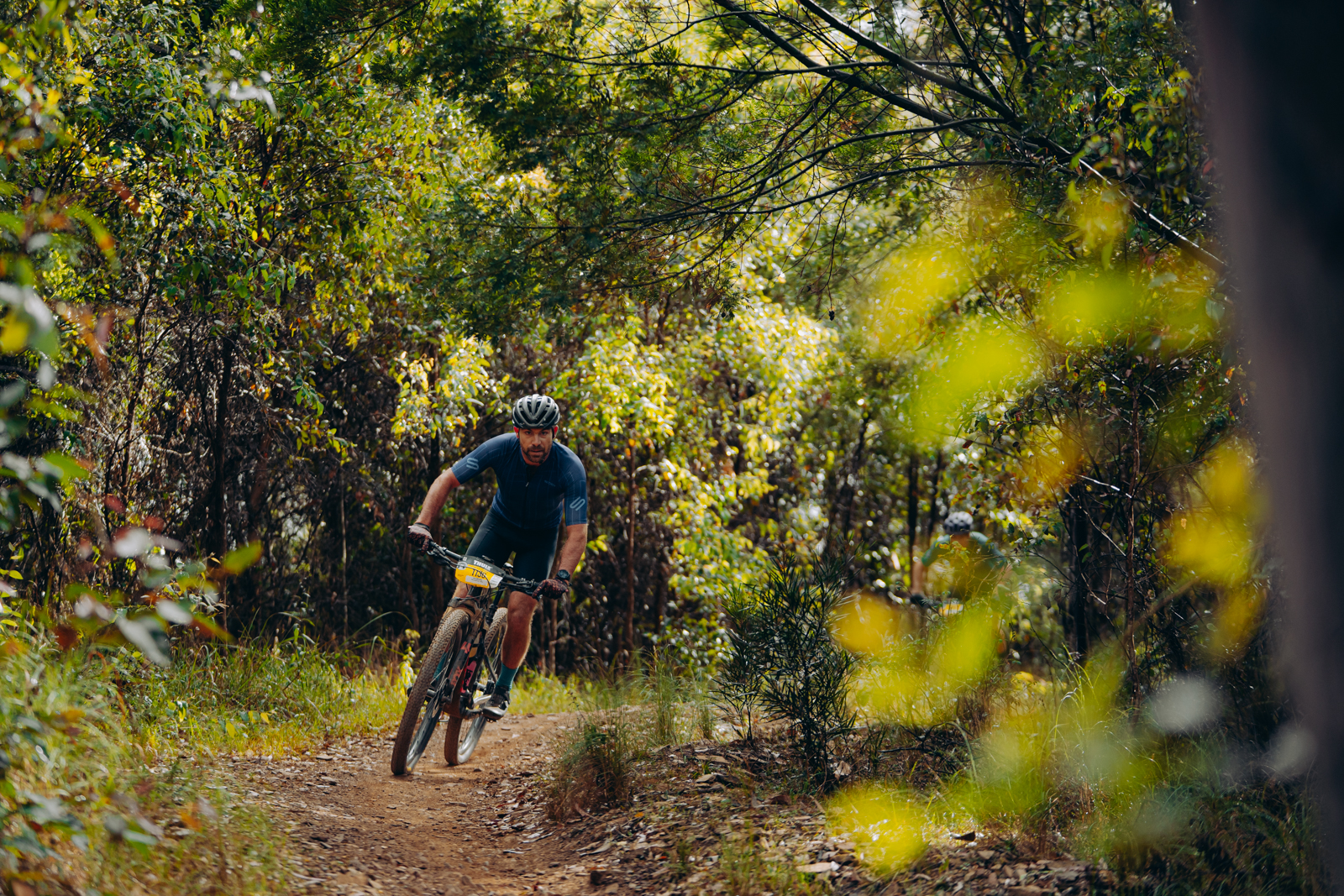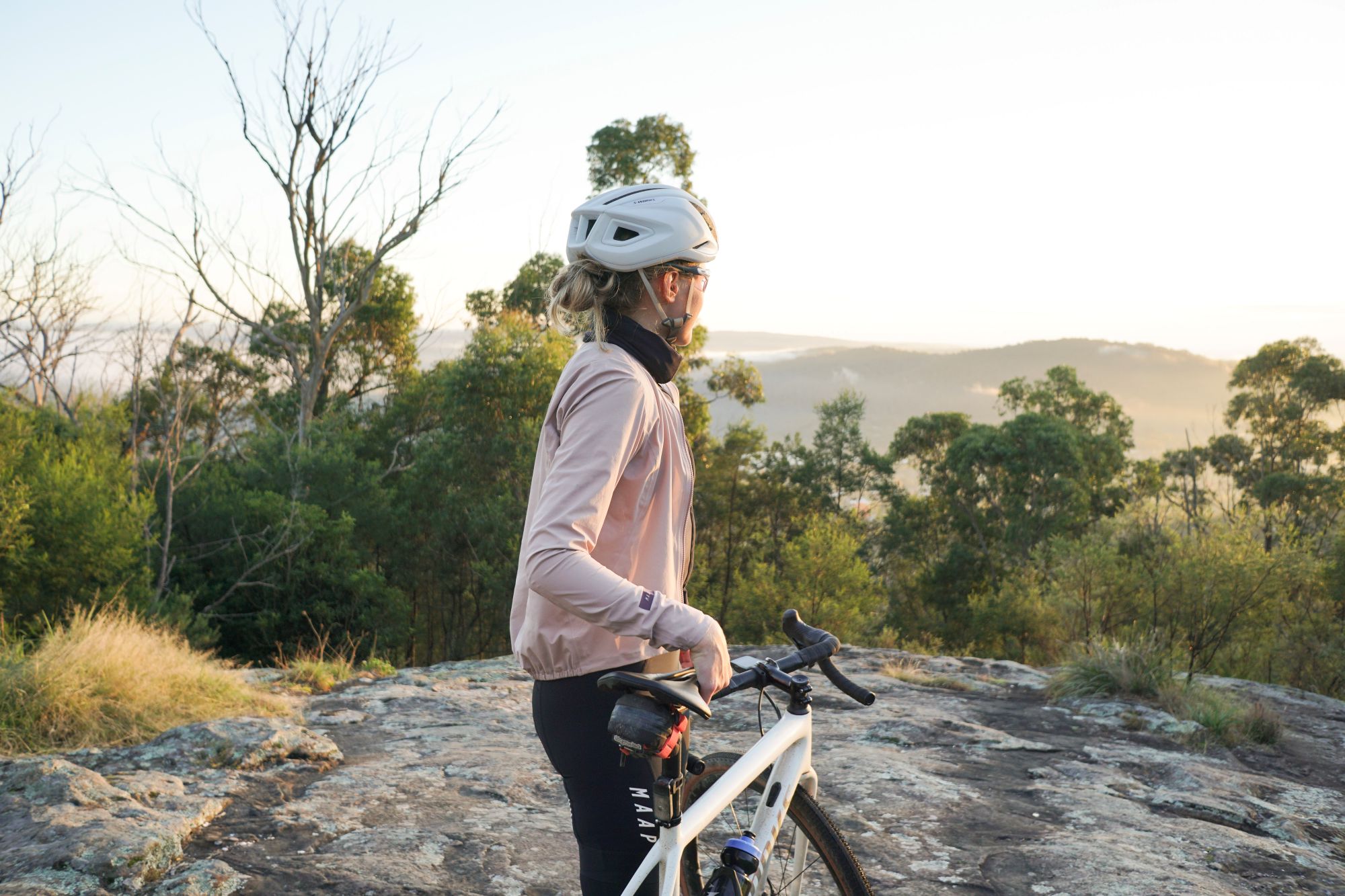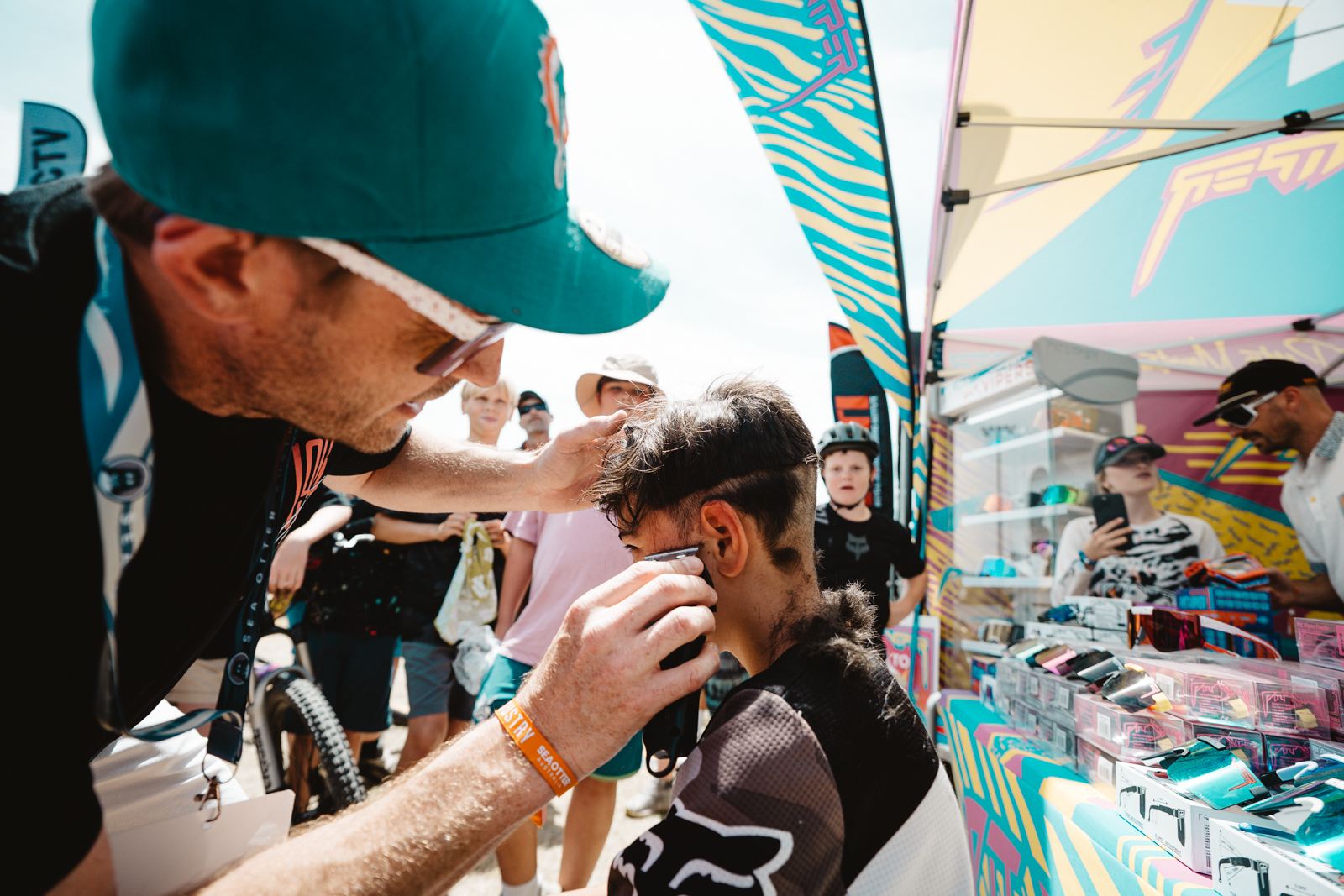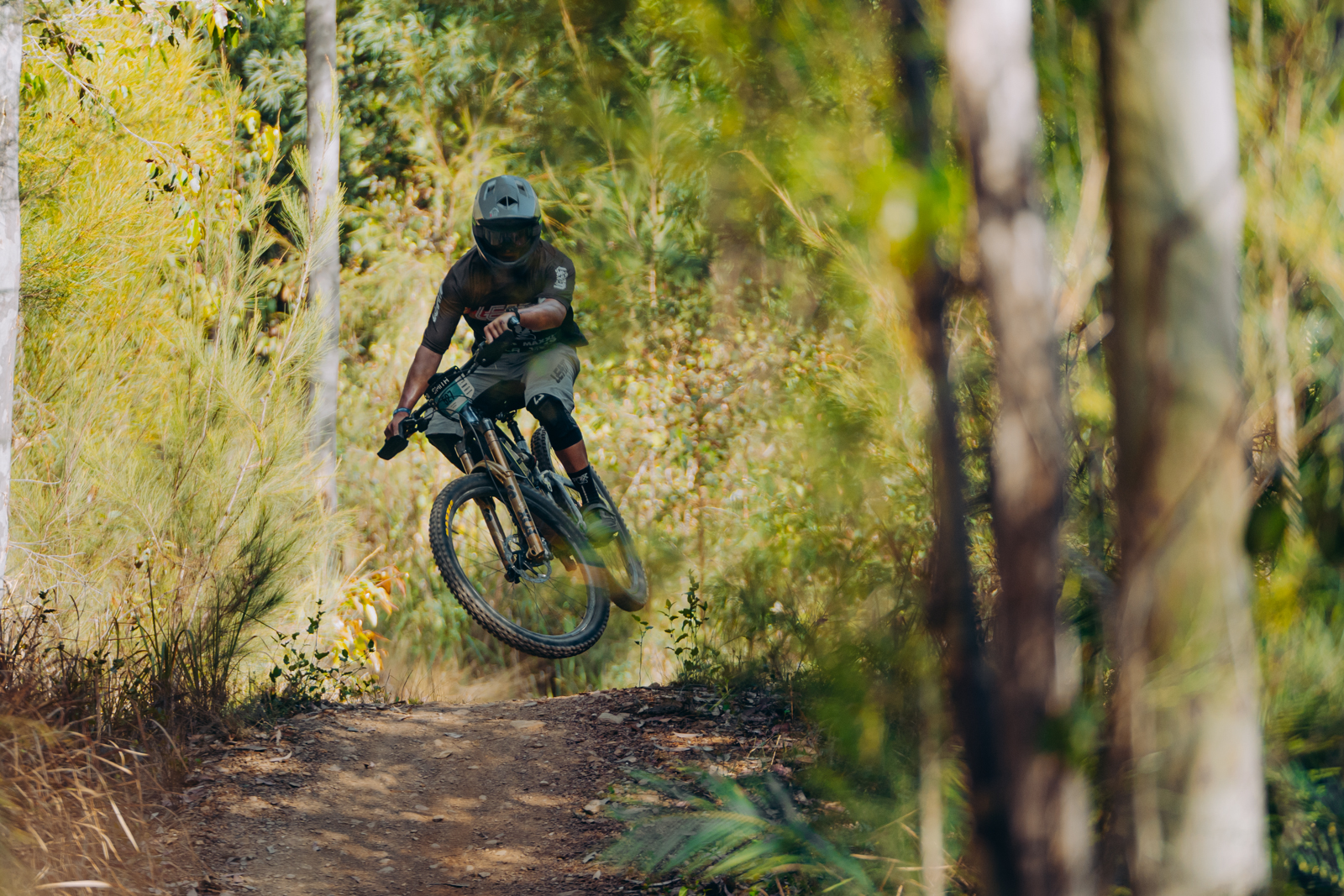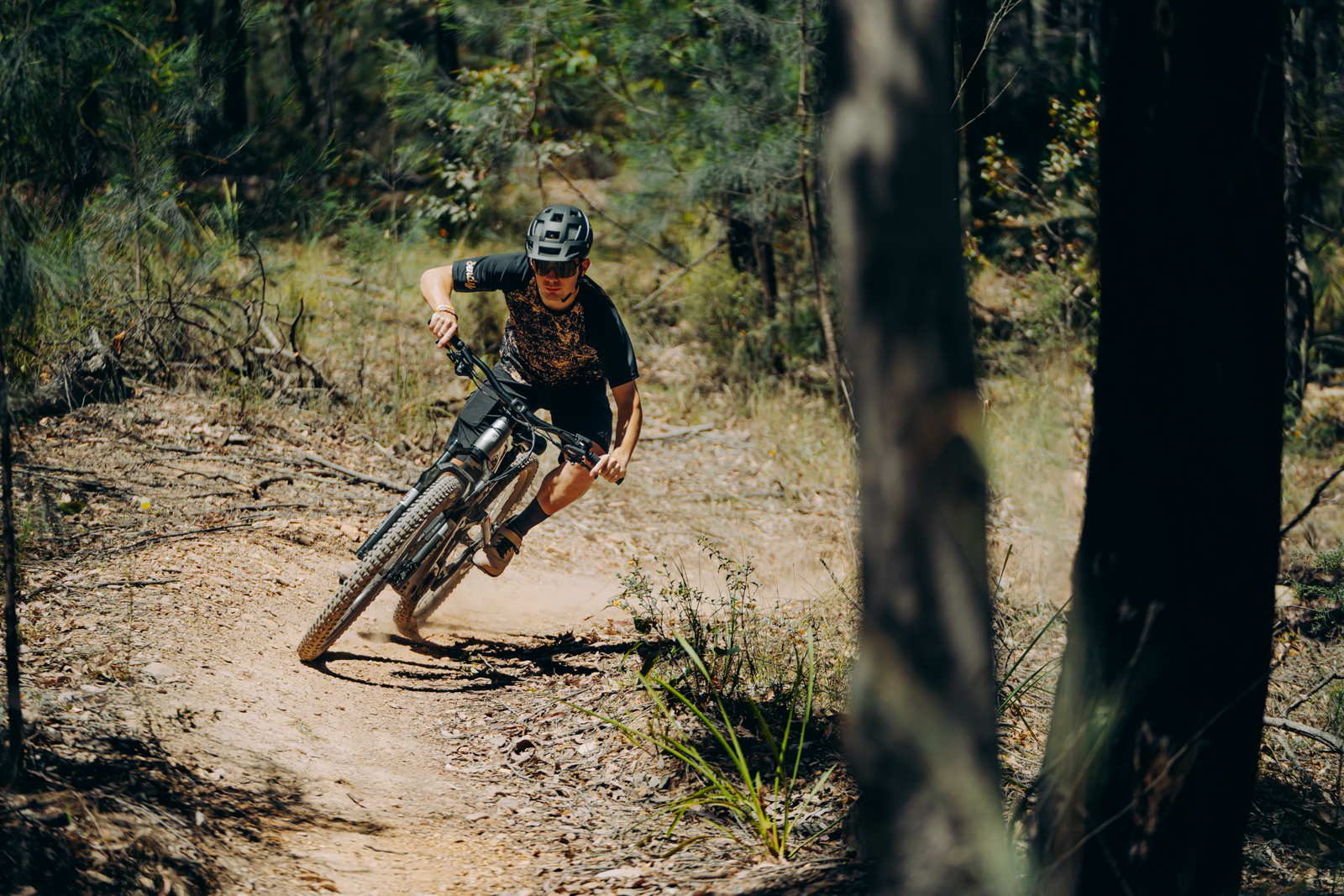Leader of the pack
There is more than one way to look at the future and this amateur cyclist knows the perfect path through.
For someone who works in the innovation division of one of the biggest professional service companies in the world, it’s perhaps no surprise that keen amateur cyclist James Mabbott loves his gadgets.
In his job as a partner at KPMG in Sydney, Mabbott helps clients overcome the challenges that are created by new technologies in their industry – whether that be manufacturing, construction, retail or the financial sector.
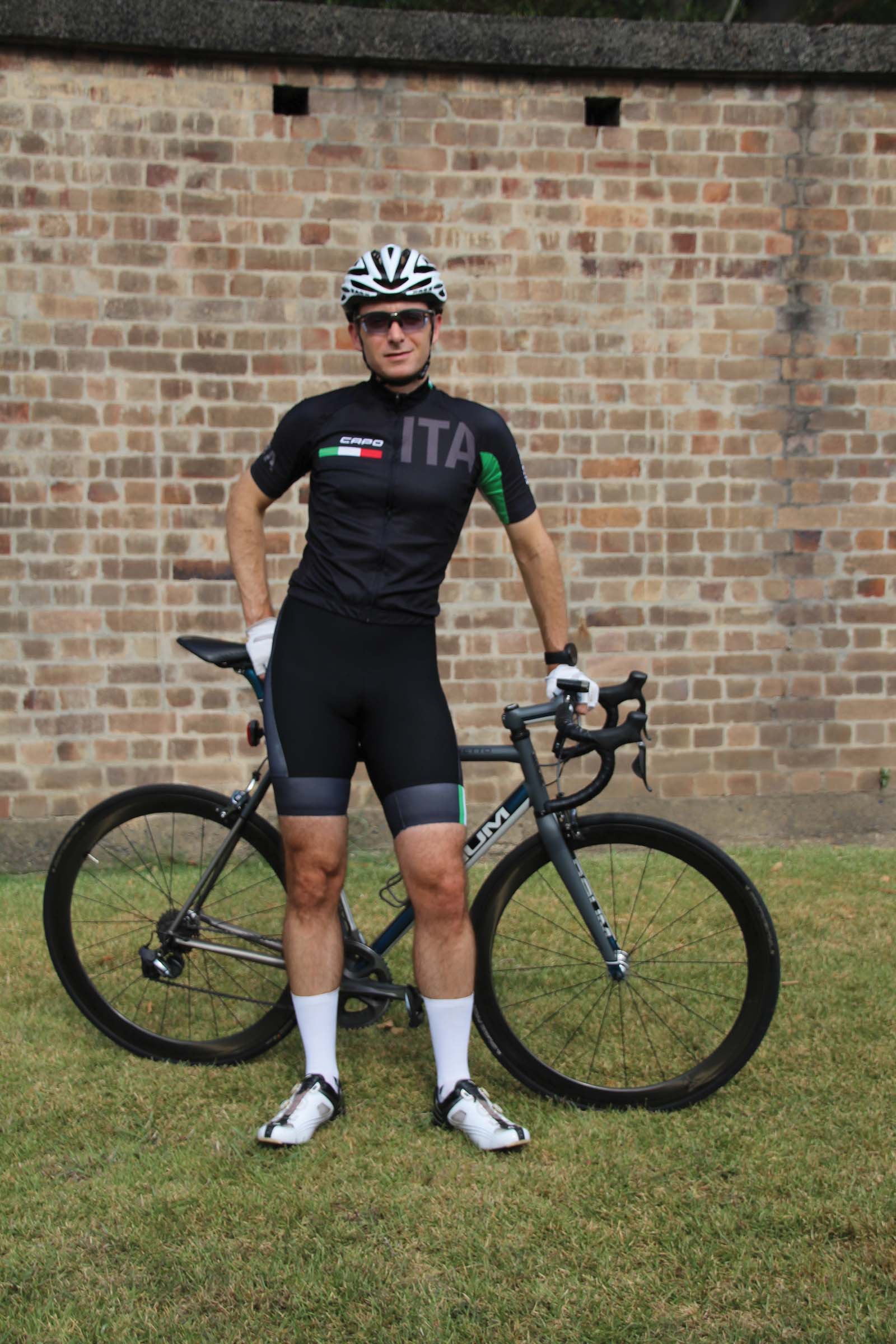
And he is well aware that cycling is now becoming more and more hi-tech, not just at the professional level but also for the regular weekend riders.
“There have been heaps of innovation ideas in cycling in the last few years. For example, it is so easy to go out on the bike and capture all the data from your ride,” Mabbott says.
“Nowadays the first thing you do when you get off the bike is to synch your device to download the data and see how you’ve performed – and more importantly how your mate performed. And then you have the social things like Strava which are great for the sense of personal achievement or competition with friends. They have been great innovations in terms of getting people out riding.”
Dad-of-two Mabbott started riding seriously in 1999 after buying a Giant OCR3 in order to help lose weight. He progressed through to a Cannondale CAAD9 after getting the real bug and joining a local club, but now rides a custom-made titanium Baum bike with Di2 and 45mm carbon rims. And he believes the speed of innovation in bike-building itself is also remarkable.
“The Di2 on my Baum bike is fantastic and then you also look at the advances in carbon which are pretty impressive. I’ve had ENVE 45s on that bike for three years and they have been flawless which is almost unbelievable.
“Just 10 or 15 years ago you would have been extremely skeptical about riding on carbon rims. Overall, it’s pretty cool that you can just walk into a shop and buy the exact bike that Peter Sagan is riding.”
Mabbott grew up in Canberra riding 6km to school and back from the age of seven, but it took many more years before he really got into cycling.
After moving to Sydney as a graduate and entering the corporate world he suddenly realised that exercise had largely vanished from his lifestyle given the demands of his job – leading to a worrying weight gain.
Determined to shed the flab – and also impress a young lady in his office who went on to become his wife – Mabbott got back on two wheels and has been an advocate of riding ever since.
“In that first year of work after graduating I suddenly started leading a pretty sedentary lifestyle,” he explains. I went from being pretty active in Canberra to just sitting at a desk nine or ten hours a day on the telephone talking to clients.
“I probably put on about 10kg. I would get up in the morning, wouldn’t have breakfast, grab a coffee, start work, go out for a curry or a Chinese for lunch, go back to work and then on the way home pop in to the supermarket and buy some easy-to-prepare meal.
“It’s probably the worst possible lifestyle. I was aware of the fact I was being pretty inactive and was looking for something to do to change that.
“Then I met someone at work and her brother was a pretty keen cyclist and doing a lot of racing, so I thought I would give it a go and bought pretty simple bike costing less than $1000 – just to make sure if I wanted to do it or not.
“I had that bike for about a year and even though I was only doing a couple of local 30km rides per week I dropped the 10kg. It becomes a bit addictive and it made a difference. So after that I bought a better bike and joined the Dulwich Hill bike club.”
Mabbott admits that group riding was a bit of a shock to the system at first after he’d largely been doing smaller solo sessions on his bike just to keep fit. The first ride I did with them was from Marrickville to Waterfall which is probably about 75-80km in total there and back, but I was destroyed after about 20km and dropped off the back.
“Maybe you re-evaluate things at that point, but the great thing about riding in a bunch is that a couple of guys drop back and help you through it. And every week you keep turning up, you get stronger and it gets a little bit easier.”
Mabbott’s club membership also got him into road racing and he started competing in local criteriums, as well as small multi-stage events – albeit with mixed results.
“I did a few criteriums and things like the Canberra Tour, where I think finished dead last! But I can say I did it and you also prove something to yourself,” he says.
Although Mabbott does not now compete, he is adamant that riding regularly offers massive benefits and also helps him deal with the demands of his prominent executive position at KPMG.
“I get up early and ride before work. I maybe head out at 5am or 5.30am and being on the bike gives me the opportunity to mentally refresh myself from work.
“I’m a partner with the company and the innovation division I run is a new business. The work can be quite mentally challenging and there are always a lot of things happening. Time on the bike gives you the opportunity to process that – or take time out from it.
“Riding also gives you the physical intensity to match the mental intensity in a way that’s almost meditative. The other thing with the bike is that it forces you to be structured. If you want to keep your form and fitness you start to plan things around being able to ride a few days a week.”
Mabbott has also started to use his bike as a useful networking tool, setting up social rides with clients and work colleagues to oil the wheels of business while enjoying time in the saddle.
And he’s firm in the belief that cycling – and fitness in general – helps him deal with the natural stress and strains of work.
“Every Friday I try to organise a ride with people I know or maybe people from work. You can go for a ride, stop for a coffee, have a chat – so there’s also a networking component to it,” he explains.
“Someone I’ve ridden with actually runs a company that actually examines exactly how physiological performance impacts your business performance. It’s almost like a ‘corporate athlete’ thing. They have proven how physical activity can help your business performance as well.
“Intuitively you know there have to benefits for your mental performance when you have physical activity, but when you see the data you can see the real difference it can make.”
And the innovation specialist is pleased that more and more people are donning the lycra and getting active by riding.
“In the 1990s and early 2000s it felt like cycling was going backwards,” Mabbott says. “But then with Cadel Evans winning the Tour de France and Australia having success at numerous Olympic Games, there’s certainly a lot more people riding.
“I think the amateur club scene is quite healthy and there are also more bike routes and that’s great.
“I think there is room for more races. It would be great if Sydney had a real signature road event, but I guess it is hard to balance that against the fact it’s a major city and you have to keep the traffic flowing.”


